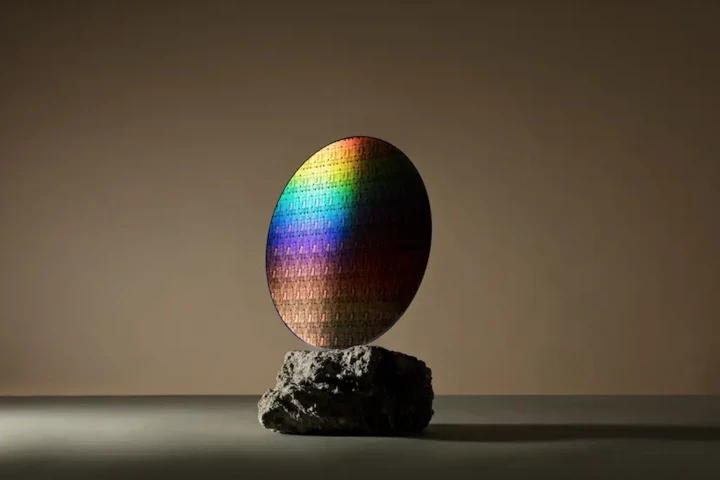Moore's Law
-
IBM and Samsung have unveiled a new semiconductor chip design they say can enable the continuation of Moore's Law and allow for smartphones that run for weeks on a charge, among some other interesting possibilities.
-
Highlighting the march of technology, IBM has unveiled new semiconductor chips with the smallest transistors ever made. The new 2- nanometer tech allows the company to cram a staggering 50 billion transistors onto a chip the size of a fingernail.
-
Scientists have found a way to produce quantum states in ordinary, everyday electronics without exotic materials or equipment. This raises the possibility that quantum information technologies can be created using current devices.
-
IBM has unveiled its plans to create 5 nm chips. The company is ditching the standard FinFET architecture in favor of a new structure built with a stack of four nanosheets, allowing some 30 billion transistors to be packed onto a chip the size of a fingernail.
-
Researchers at Cambridge and the University of Warwick have jumped ahead to the logical endpoint of Moore's Law and shrunk wires down to a string of single atoms. Effectively one dimensional, these “extreme nanowires” are made of tellurium, compressed inside carbon nanotubes to keep them stable.
-
A new study suggests that encoding information using corkscrew-shaped laser beams could help us keep pace with our ever-increasing data demands.
-
Researchers could be fending off the demise of Moore's Law with the help of a new kind of flat semiconducting material made of tin monoxide that is only one-atom thick, allowing electrical charges to pass through it faster than silicon or other 3D materials.
-
In an effort to demonstrate the potential of a new nano-scale manufacturing technology, as well to encourage young people’s interest in science and technology, IBM has unveiled the world’s smallest magazine cover at the USA Science and Engineering Festival.
-
Researchers have managed to control quantum superpositions in silicon for the first time, paving the way to the dream of an affordable quantum computer.
-
Researchers have created a molecular computer that mimics the working mechanisms of the human brain.
-
Researchers are closer to using semiconducting nanowires to create a new generation of small transistors and more powerful computer chips.
-
Intel recently unveiled the world's first working chips using 22nm transistor technology.
Load More









